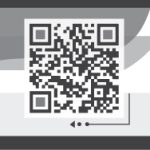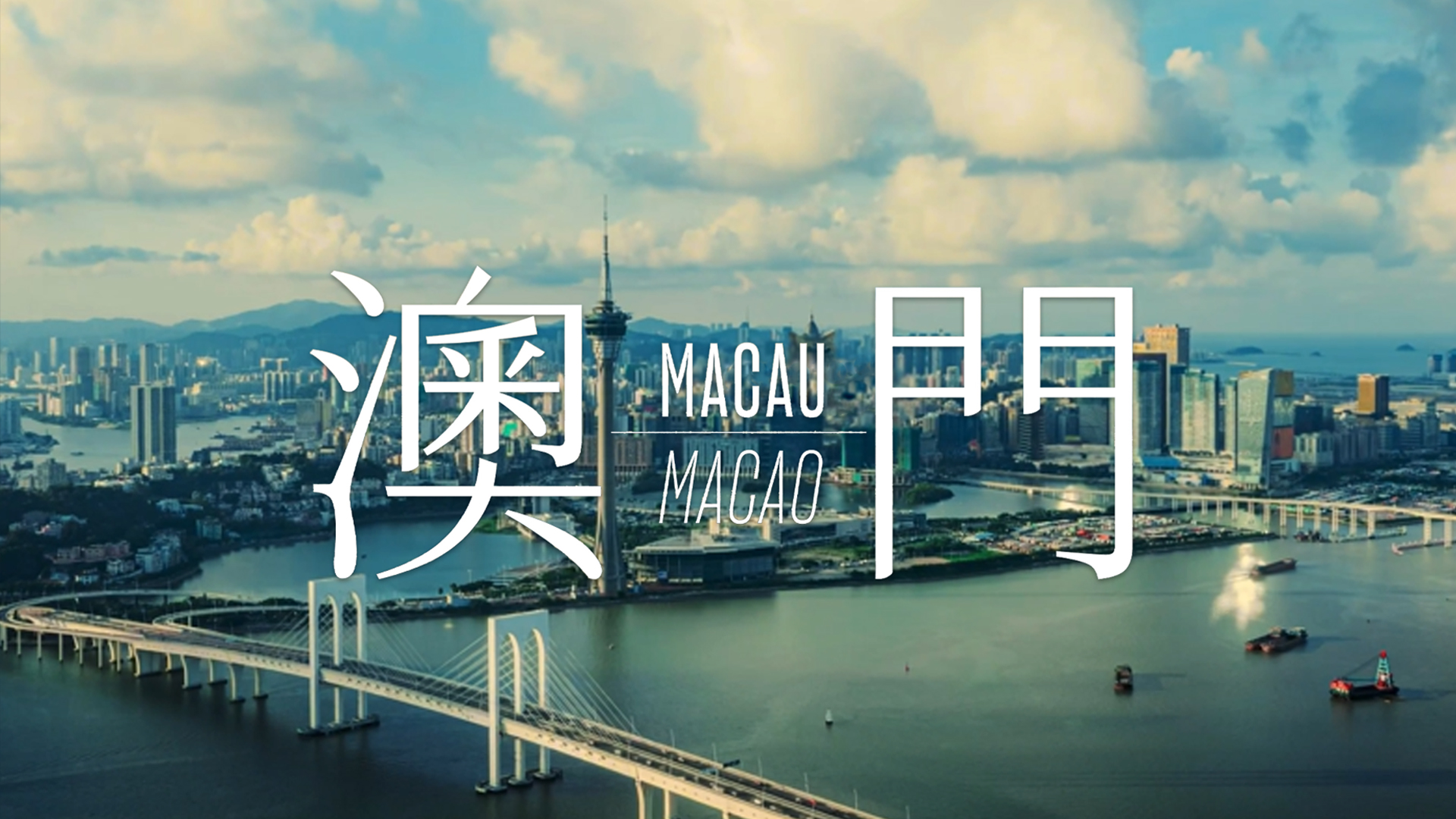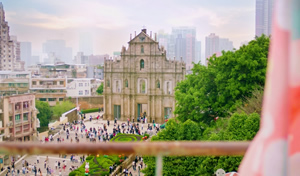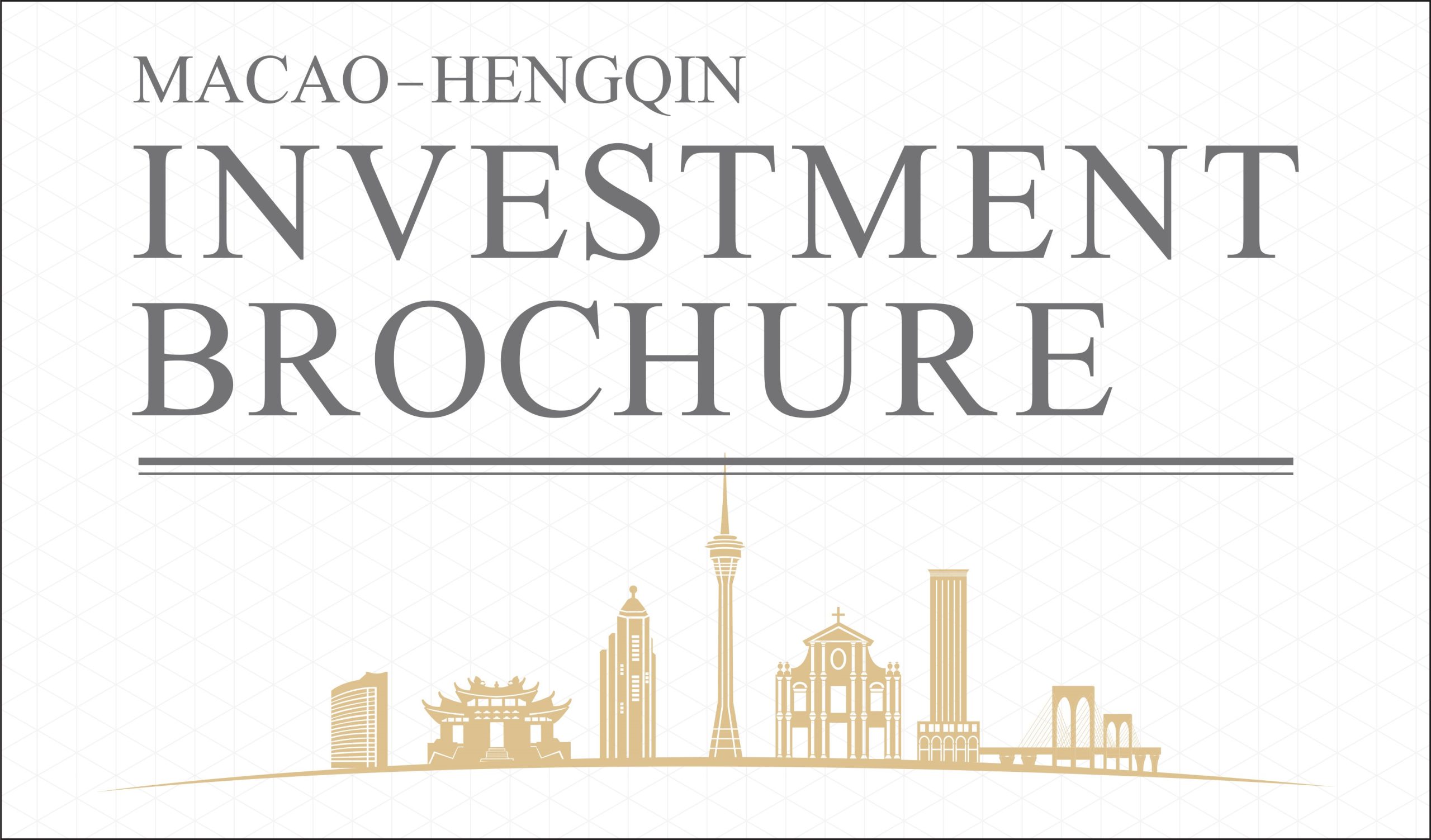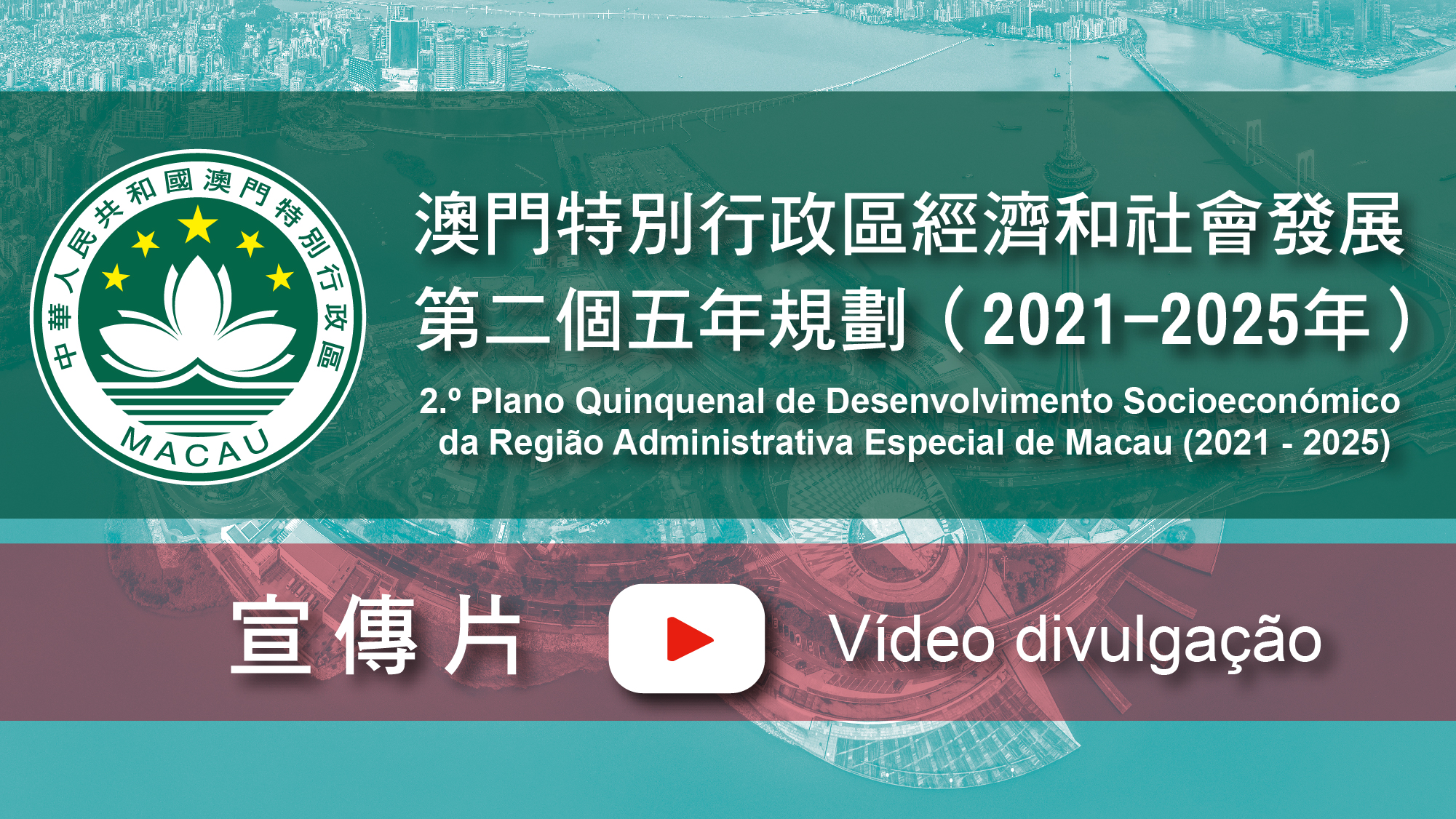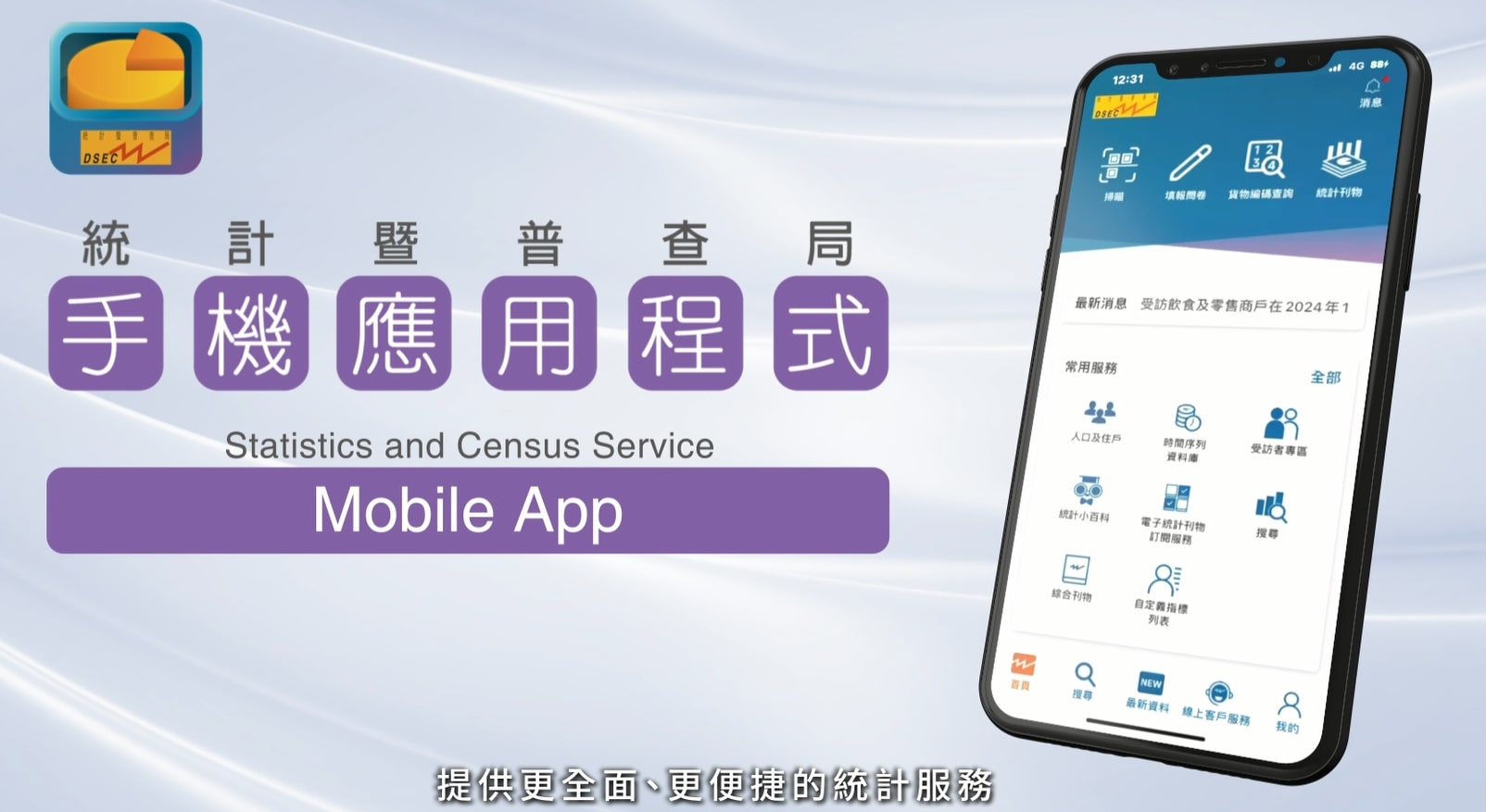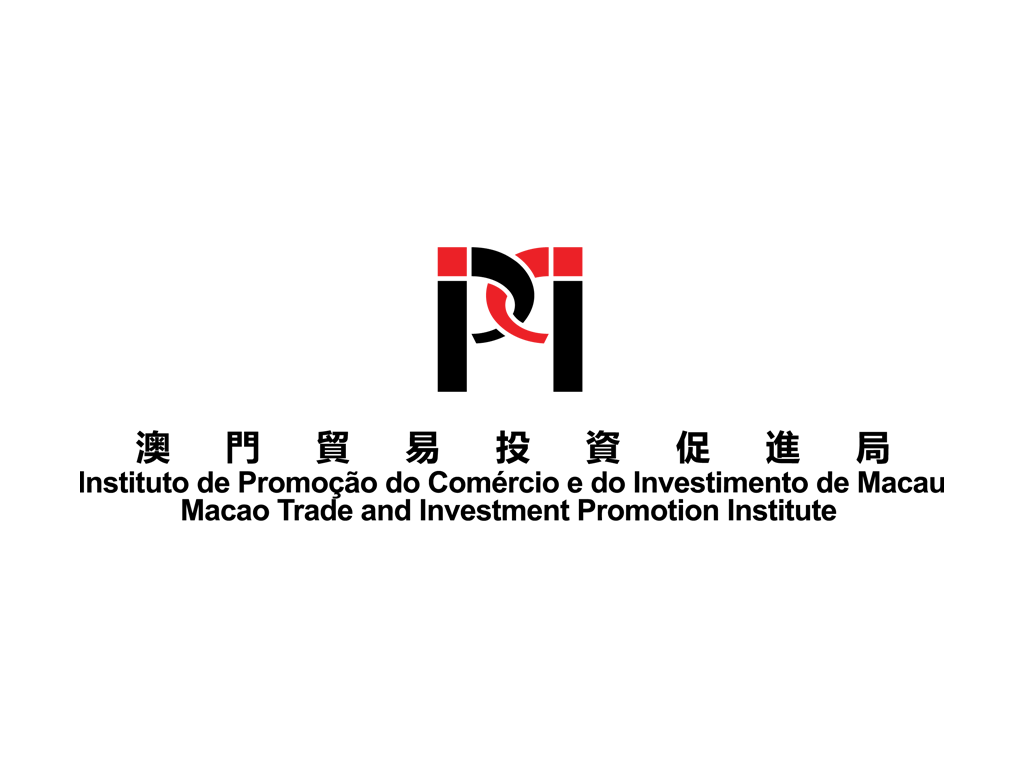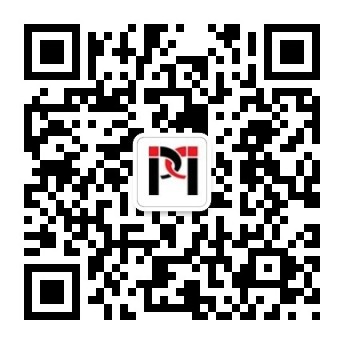Search Issues
Negara Brunei Darussalam
Negara Brunei Darussalam, or Brunei, is located in Southeast Asia and borders Malaysia. Covering a total area of 5,765 square kilometres, Brunei is home to approximately 420,000 people, who are mainly Malaysian. Bandar Seri Begawan is its capital city. Malay Islamic Monarchy (MIB) was officially proclaimed as the national philosophy of Brunei, which established the supremacy of the House of Bolkiah – royal family of Brunei – and advocates the blend of Malay language, culture, and Malay customs, the teaching of Islamic laws and values and the monarchy system which must be esteemed and practiced by all.
Brunei is rich in natural resources. Boosted by petroleum and natural gas industries, it became one of the richest countries in the world. In 2017, Brunei’s GDP was around US$ 14.1 billion and its GPD per capita reached US$ 28,000, second only to Singapore in Southeast Asia.
Brunei is a member of United Nations (UN), Association of Southeast Asian Nations (ASEAN), Asia-Pacific Economic Cooperation (APEC) and Asia-Europe Meeting (ASEM). Brunei adopts a friendly diplomatic policy and has established diplomatic relations with as many as 170 countries by January 2018. The diplomatic relation between China and Brunei started from September 1991. Since then, exchanges and collaborations in various areas have gradually increased. The two countries entered into strategic co-operation partnership in 2013. Over the years, leaders of both countries have maintained close connection with each other. President Xi Jinping and Premier Li Keqiang respectively visited Brunei in 2018 and 2013. And the Sultan of Brunei (head of state and absolute monarch of Brunei) visited China for 11 times to diplomatic activities and international conferences.
China and Brunei have signed a number of economic co-operation agreements to deepen the trade and economic co-operations between the two countries, including the “Belt and Road Initiative Memorandum of Understanding” and a memorandum of understanding on reinforcing infrastructure co-operation signed in 2017, the MoU on Strengthening Trade, Investment and Economic Cooperation and the Agreement for the Avoidance of Double Taxation and the Prevention of Fiscal Evasion with Respect to Taxes on Income signed in 2004, the Agreement on encouragement and reciprocal protection of investments signed in 2000. In 2018, the total trade between China and Brunei reached as high as US$ 1.84 billion, marking a year-on-year increase of 86%, among which, China’s total exports to Brunei amounted to US$ 1.59 billion, surging by 1.5 times year-over-year. Textiles, building materials and plastic products were the main products traded between China and Brunei. China’s imports from Brunei totalled at US$ 250 million, and the main import was crude oil. On the other hand, co-operation in investment and contract labour also experienced remarkable growth. As the end of November 2018, construction contracts signed by between China and Brunei accumulatively totalled at US$ 3.13 billion, with total turnover reaching as high as US$ 3.01 billion. China has invested US$ 270 million in Brunei.
Business Environment of Brunei
In recent years, Brunei’s government has been playing an active role in attracting foreign investment. A series of reformations of business start-up procedures have been carried out, including the establishment of Darussalam Enterprise (DARe) and the Fdi Action and Support Centre (FAST Centre), which provides more comprehensive and faster services to foreign investors.
In addition, Brunei’s government has also gradually increased the investment in infrastructure construction. At present, main residential areas are covered by modern road network. It is worth mentioning that Brunei is one of the countries that have the largest fleet of cars in the world. In terms of maritime transportation, Brunei has an 8-berth deep water port whose draught is 12.5 metres deep, a container terminal with an annual throughput of over 100,000 containers, commercial ports and passenger terminal, as well as two ports specifically petroleum and natural gas exportation. As for air transportation, Brunei’s capital Bandar Seri Begawan is equipped with international airport, connecting Shanghai, Hangzhou, Nanning, Hong Kong and ASEAN countries, and regions in Australia and Middle East.
Pillar industries of Brunei
Industry
Brunei has a rather unvarying industrial structure, underpinned by exploitation and production of petroleum and natural gas. As recorded by the BP Statistical Review of World Energy 2018, Brunei has 1.1 billion barrels of proven oil reserves and 300 billion cubic metres of natural gas, accounting for 0.1% of global reserves at end-2017. While pro-actively exploring new resources, Brunei’s government shows restraint on oil and natural gas exploitation. In the past few years, Brunei’s daily oil output was restricted to below 200,000 barrels, keeping the country as the third oil producer in Southeast Asia. As the fourth natural gas producer worldwide, Brunei provided 30 million cubic metres of natural gas per day.
Tourism
Tourism has become one of the prioritised industries in Brunei. A vast array of motivation measures have been employed by Brunei’s government to usher in travellers. Major attractions of the country include Kampong Ayer, Royal Regalia, mosques and Ulu Temburong National Park. In 2017, international tourist arrivals totalled at 260,000.
Agriculture, forestry and fishery
Brunei’s government reached its strategic goal of producing an amount of rice for self-sustaining and exportation. Currently, enterprises from China, the Philippines, Singapore, Korea and Thailand are joining Brunei’s rice farming experiments at different levels.
Main Economic Indicators 2017
| Gross Domestic Product (international exchange rate)(US$billion) | 12.13 |
| Real GDP Growth (%) | 1.3% |
| GDP Per capita (US$) | 28,290.6 |
| Inflation (%) | -0.17% |
| Area (sq km) (as of 2018) | 5,765 |
| Population (thousand people) | 421.3 |
Source:
1) Ministry of Foreign Affairs of the People’s Republic of China
2) World Bank, https://data.worldbank.org/
Major Trading Countries/Regions of Brunei (January to September 2018)
| Main Destinations for Exports | % |
| Japan | 33.5 |
| Korea | 9.8 |
| Thailand | 9.7 |
| Australia | 9.6 |
| India | 8.7 |
| Main Origin for Import | % |
| China | 38.7 |
| Malaysia | 14.0 |
| Singapore | 13.8 |
| United States | 8.7 |
| Japan | 3.7 |
Source: Brunei Darussalam Department of Economic Planning and Development, http://www.depd.gov.bn/
Foreign Trade (unit: US$ billion)
| Year | Total Trade | Exports | Imports |
| 2017 | 8.74 | 5.63 | 3.11 |
Major export: crude oil
Major import commodities: machinery and transportation equipment, foods
Source: Brunei Darussalam Department of Economic Planning and Development, http://www.depd.gov.bn/
China-Brunei Import and Export Trade (unit: US$ billion)
| Year | Total Trade | Exports | Imports |
| 2018 | 1.84 | 1.59 | 0.25 |
Source: General Administration of Customs of the People’s Republic of China, http://www.customs.gov.cn/
SOURCE
Ministry of Foreign Affairs of the People’s Republic of China
https://www.fmprc.gov.cn/
World Bank
https://data.worldbank.org/
World Trade Organization
https://www.wto.org/


